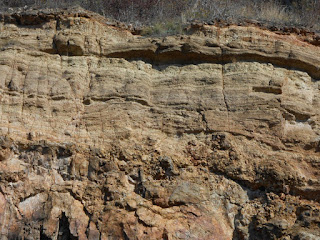6 December, Saint Nicholas Day

The tradition of Saint Nicholas Day, usually on 6 December, is a festival for children in many countries in Europe related to surviving legends of the saint, and particularly his reputation as a bringer of gifts. The American Santa Claus, as well as the Anglo-Canadian and British Father Christmas, derive from these legends. "Santa Claus" is itself derived from the Dutch Sinterklaas.
In Hungary children typically leave their boots on the windowsill on the evening of December 5.

By next morning Nikolaus (commonly known as Mikulás in Hungary) leaves the boots filled with goodies (traditionally with candies, tangerines, walnuts, apples, dates and Santa shaped chocolate figurines), and small toys if they have been good. If they have been bad, Mikulás puts a bunch of golden twigs in the boot, indicating a beating is in order. (Most kids generally end up getting small gifts but also a small bunch of twigs.) There is no Mrs. Santa in Hungary, but Mikulás often comes with one or two small evil boys, called "krampusz."
24-26 December, Christmas
In Hungary the Christmas tree is decorated on Christmas Eve. In addition to the usual decorations, we also put fondant candies on and under the tree. According to the Hungarian tradition, the Christmas presents are brought by baby Jesus, although some families (who belong to other religions or atheists) follow the Santa Claus tradition, which was promoted also by the communist government that ruled until 1990.
Typical Hungarian Christmas dishes include: fish soup or bouillon, stuffed cabbage, roast turkey with stuffing, and the famous poppy seed or walnut rolls.
Beigli, the famous poppy seed or walnut rolls

The poppy seed or walnut roll is a traditional Hungarian pastry, mostly eaten during the winter holidays. It is basically a sweet bread, known as beigli in Hungary. During the last few decades other variants (such as chestnut, plum jam, prune, or even cocoa) have become popular, too.
HAPPY NEW YEAR !!!!




























